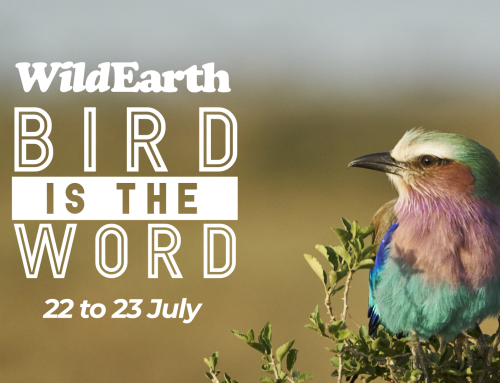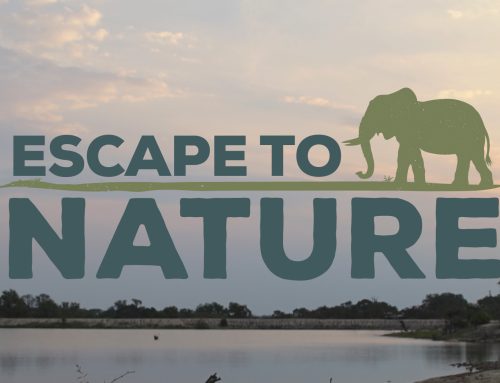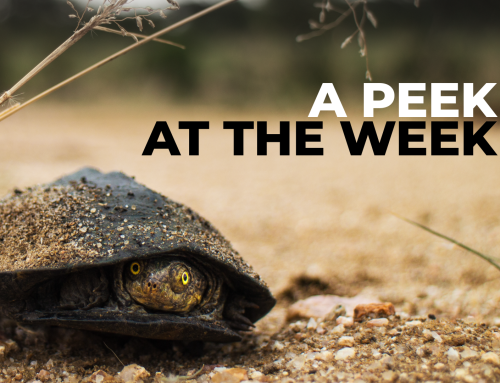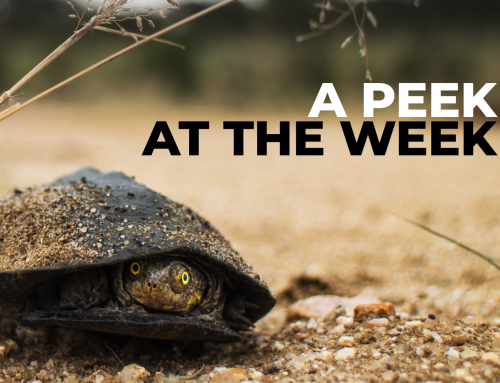Although I am sitting here in the warm tropics of the Caymans, today I want to take you all back to my currently freezing home region to talk about my favourite marine creature, the leafy seadragon (Phycodurus eques, or ‘leafies’, as we call them back home). They are one of the three species of sea dragons known to science, all of which are endemic to Australia. Seadragons get their name from a resemblance to the mythical dragon, with a lengthy snout and long, sloping bodies but you won’t see these little fellas blowing fire. The ‘leafy’ part of their title comes from the leaf-shaped appendages that protrude all over their body to camouflage them with the seaweed that they hide amongst. They are closely related to seahorses and the resemblance is easy to spot, however, leafies are larger (growing to a maximum of 35 cm / 14 inches) and lack the curled tails that allow seahorses to hold onto various substrates. I think my affinity towards these animals may be biased as the stretch of coastline near my home town is a hot spot for these elusive creatures and people come from all over the world exclusively to see them, yet I have had the luck and pleasure of driving very short distances to spend some quality time with them.
I still remember in great detail the first time I saw one whilst diving. It was during my open water course on a reef in the picturesque, sleepy town of Second Valley, South Australia. The golden pigments of its skin seemed to shine against the dull browns of the algal reef and I was in awe of its intricate markings, particularly around its eyes. This first sighting was fleeting, but I was determined to find another one. The next sighting I got of one was very close to where I saw my first one, under the jetty of an equally small town called Rapid Bay, the seadragon capital of the world. This time I noticed the rapidly undulating fins on its neck and rear, almost looking invisible they were moving so fast. It really seems like an inefficient mode of locomotion – a great deal of effort for an extremely slow movement. This slow movement was great for me though, as I got to spend my entire dive with this one individual and really observe it in all of its beauty. This also made me realise that they really don’t need to move fast, their seaweed-like protrusions and lack of noticeable movement really did make them look like a piece of macroalgae drifting along in the water, the perfect disguise in these seaweed ridden habitats. It was also awesome to watch this one feed, using its pipette-like snout to create suction to draw in small mysid shrimp.
One beautiful and unique trait these marine dragons hold is that the males will actually brood the unborn young, something I bet many human females wish was a trait of ours too. The female will deposit 200-300 eggs on a specialised ‘pouch’ on the underside of the male which he will then fertilise, secure and guard until hatching. I have never been lucky enough to see a pregnant male, but it is definitely on my bucket list. I have, however, observed different colour forms of leafies. They, like many other marine creatures, have chromatophores – specialised, pigment-containing cells that can reflect light differently to display different colours.
The underwater world is a weird and wonderful place, and leafies are up there with the strangest, but most majestic of creatures. They have not only gained my love, but are also the favourite animal of ‘The Bro’, Sir David Attenborough. I would one day love to be in a similar role to this great man and you know what they say, ‘great minds think alike’ ;). If anyone reading along ever gets the chance to experience these oddly magnificent organisms, I would 110% recommend it, it will only pull your heart closer to the marine realm.
Written by – Patrick FitzGerald





